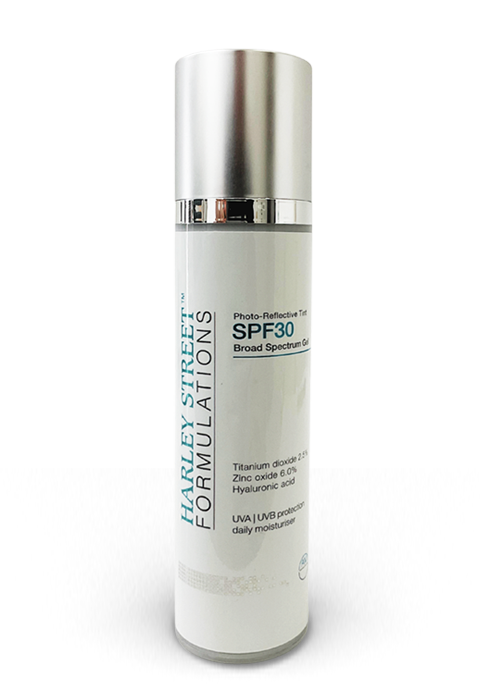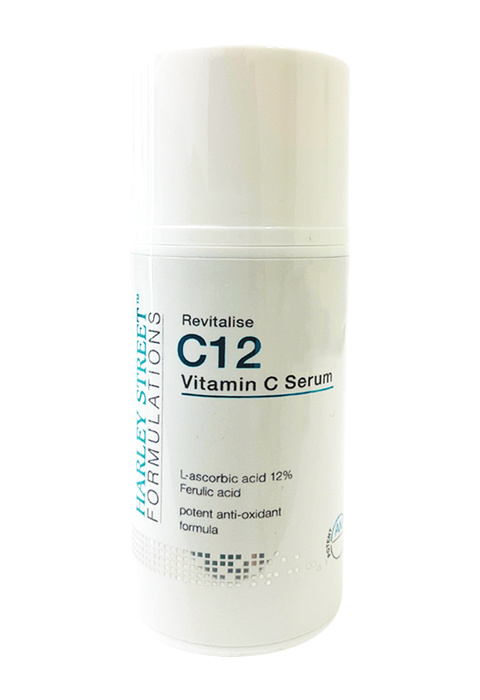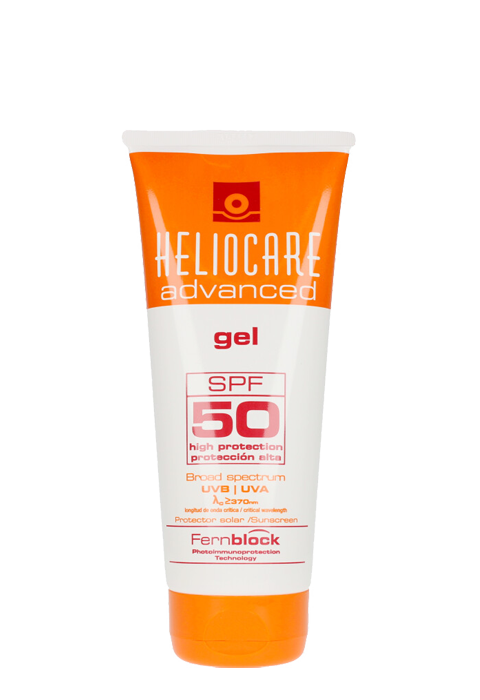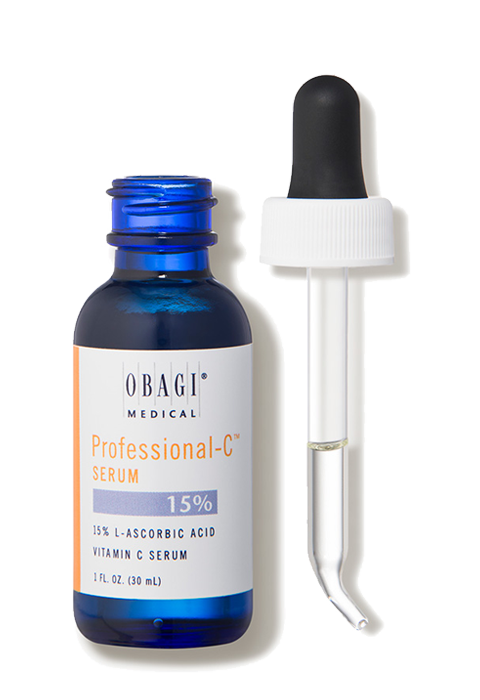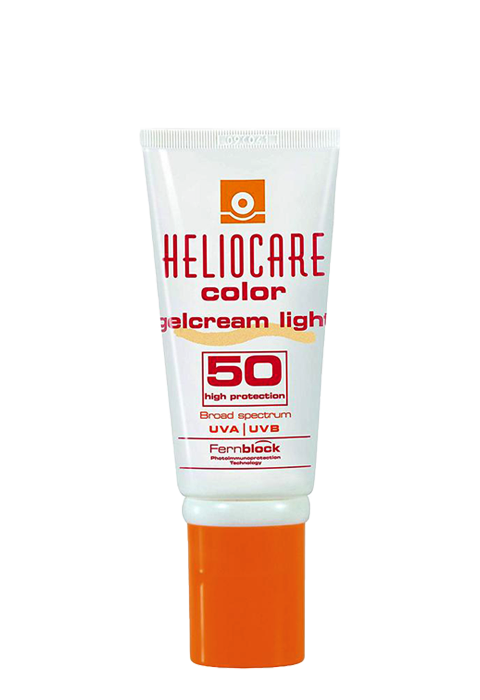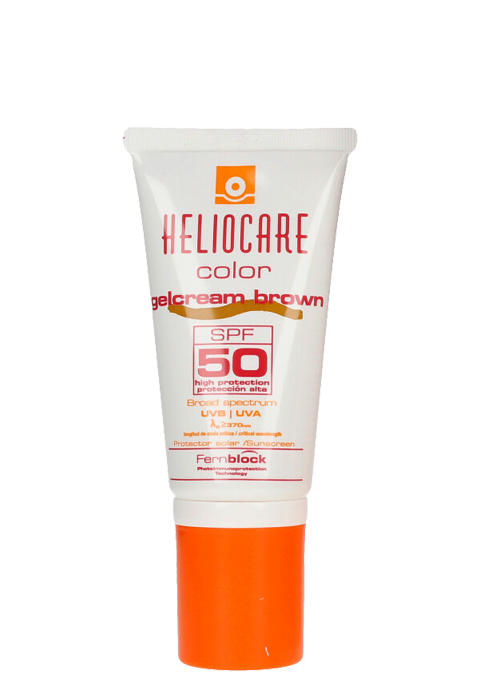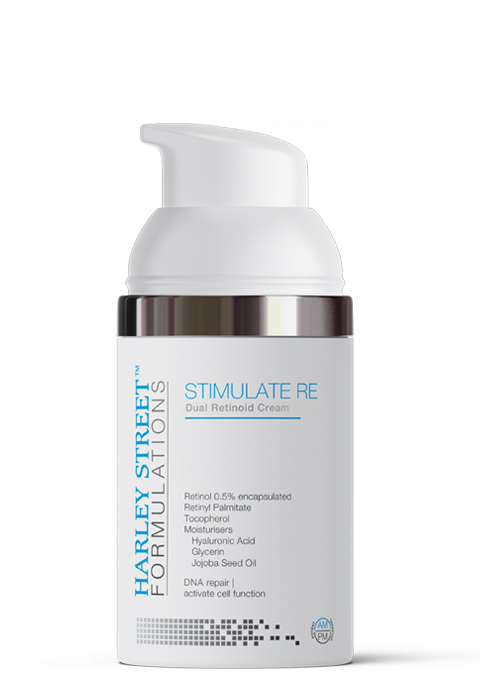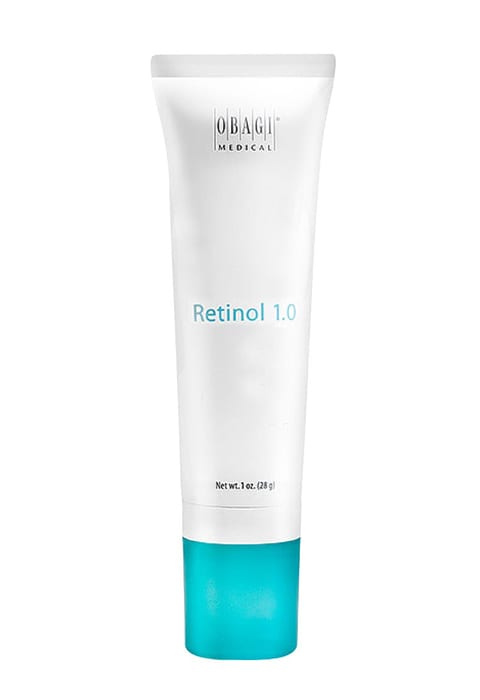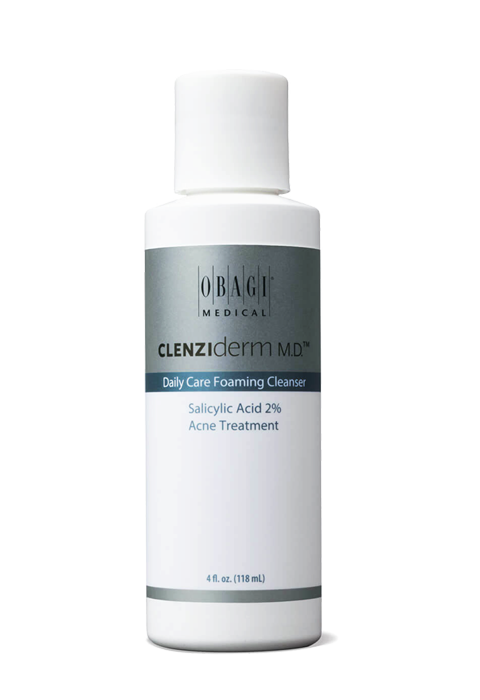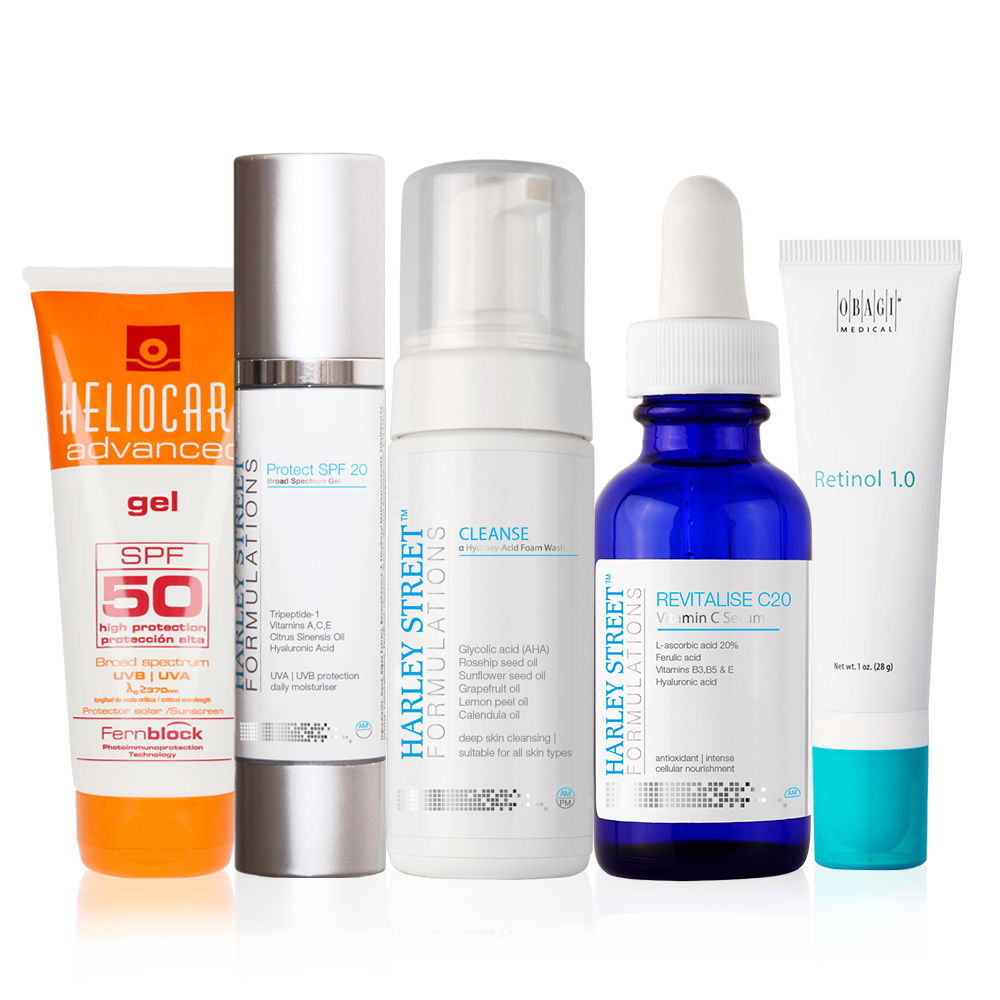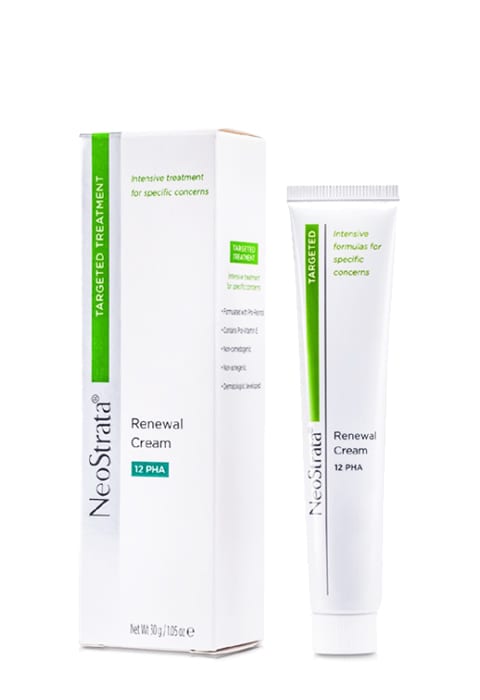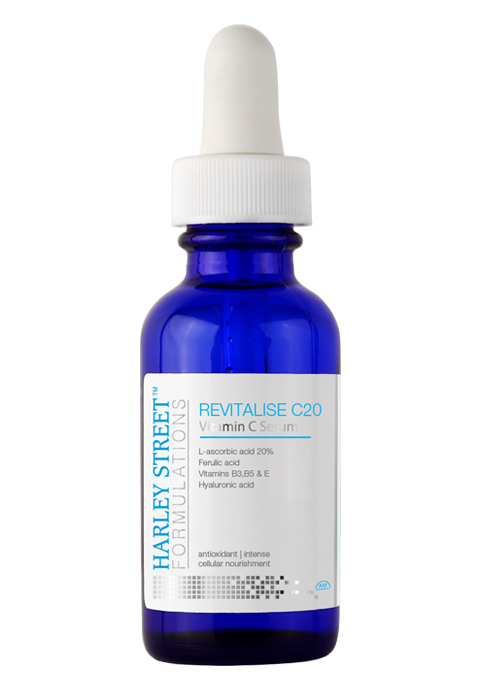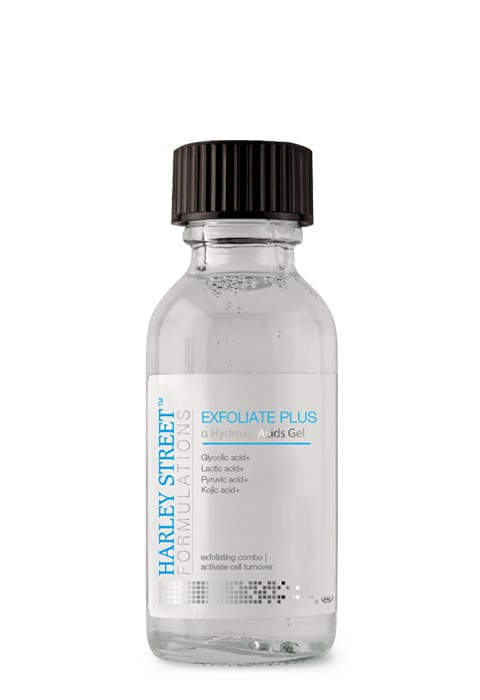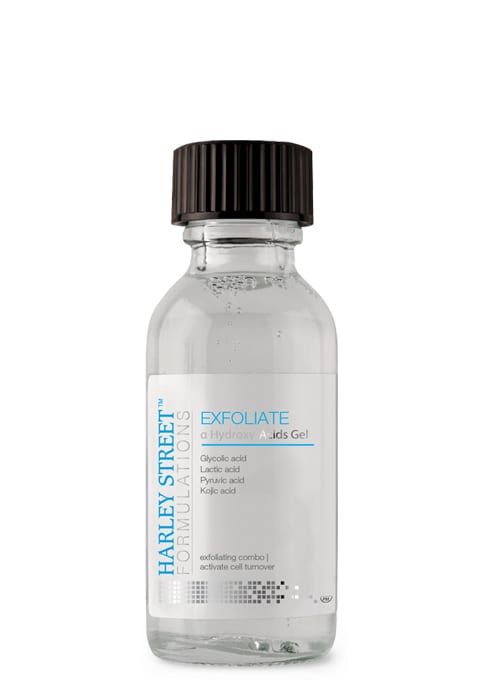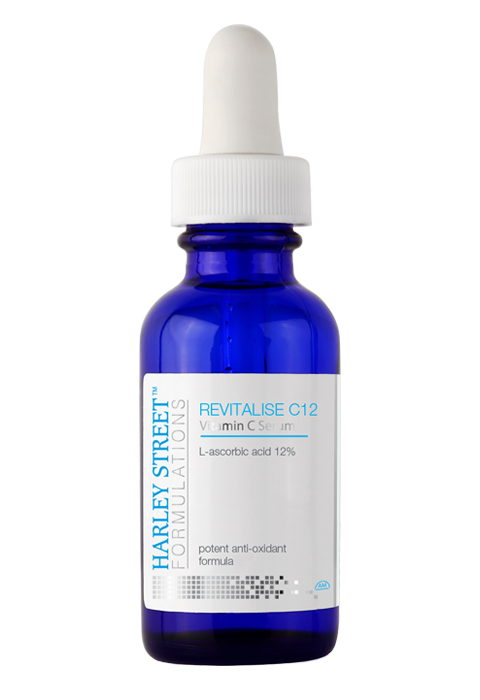- Anti Ageing At A Glance
- Biophysical Skin Changes - In-Depth Analysis
- Epidermis - The First Skin Layer
- Dermis - The Second Skin Layer
- Hypodermis- The Deepest Skin Layer
- Visible Skin Signs Of Ageing
- What Causes Skin Ageing? A Summary
- CRES Principles - A Summary
- The "C" Of CRES Principles: Cleanse
- The "R" Of CRES Principles: Revitalise
- The "E" Of CRES Principles: Exfoliate
- The "S" Of CRES Principles: Stimulate
-
Injectables
-
Botox -
Dermal
fillers -
Lip Fillers -
Non Surgical
Nose Job -
Chin Filler -
Under Eye Circles
(Tear Trough) -
Non Surgical
Face Lift -
Masseter Botox -
Jawline Filler -
Cheek Fillers - Calf Reduction
- Nefertiti Lift (Platysma) & Turkey Neck Bands
- Bunny Lines (Nose Wrinkles)
- Lip Flip
- Trigger Point Release
- T-Zone Oily Skin
- Dimpled Chin
- Nasal Flaring
- Gummy Smile
- Bruxism / TMJ
- Migraines / headaches
- Neck lines
- Forehead Indentations
- Profhilo
- PDO threads
- Hyperhidrosis (excessive sweating)
- Fat Dissolving
-
-
Skin & Body
-
 V i s i t
V i s i t
- Chemical Peel
- Peel To Reveal Popular
- PRP (Vampire Facial)
- Prescription Grade Skin Care Popular
- Charity A Peel
- Hydrafacial
- Micro Needling (electronic) Popular
- Acne Treatments
- Facial Thread Veins
- Leg Veins (Spider/Thread Vein)
- Skin Tag Removal
- Ageing Skin Concerns
- Hyperpigmentation
- Facial Volume Loss
- Lines & Wrinkles
- Sun Damage
- Stubborn Fat Deposits
- Black Heads & White Spots
- Jawline, Jowls & Double Chin
- Cellulite
- Tired Eyes
- Neck - Lines, Wrinkles & Cords
-
- Glow & Go TM Skin Shop
- Book an Appointment Book
- CosmeShop
- Cosmetic Surgery
- CosmeTalk
-
COSMESURG| Surgical
-
| Professional EducationHARLEY STREET
INSTITUTE -
| Skin CareHARLEY STREET
FORMULATIONS -
GLOW & GO| Skin Bar Clinic
-
COSMETALK| Public Education
-
INJECTABLES
Injectables
-
SKIN & BODY
Skin & Body
-
COSMESHOP
-
COSMETALK
View All Posts
Dermal Fillers Before And After – Get The Better Version Of Yourself Today
It is true! Beauty industry has been revolutionized, aesthetic treatments have been personalized and new beauty… - ABOUT US& Treatment Criteria
Understanding Anti Ageing
In youth, the facial aesthetic units flow together without perceptible differences.
The skin colour is uniform and volume distribution on the face is such that the skin is taught and smoothly contours around the bony prominences. The peak of our youthful look comes and goes in the blink of an eye at a time when we are not mature enough to appreciate it! Signs of ageing start appearing in early 20’s.
So what are these changes that happen?
Entering our 20s skin becomes dormant with cellular activity and regeneration slowing down. This decreases the natural exfoliation process leaving dull, damaged and dead skin cells on the surface for longer leading to increased thickness of the upper dead layers of the epidermis causing uneven and rough skin texture. The slow skin turnover leads to excess melanin accumulation throughout the layers, resulting in further skin dullness and uneven tone in cases where excess melanin is localised around the mouth and eyes.
From the early 20’s, slight differences in skin colour and texture start appearing. Lines & wrinkles in the upper face once visible only with a high expression start appearing at rest from the mid 20’s due to loss of collagen, elastin, hyaluronic acid and other structural elements in the skin layers. Simultaneously, volume in the deeper layers starts to decrease as folds around the mouth, flattening of the cheeks or darker circles under the eyes. All this is early ageing, visible in most people under 30’s. From the 40’s onwards with more deflation of the face and facial ligament weakening, heavier jowls start appearing, making the jawline an upside down image of a small hill.
The natural ageing is process is also known as a biological clock. You can be born with good genes and bad genes, but they may not take your far and at the end of the day, how you treat your skin will be the reflecting factor of your skin radiance and overall health. Skin needs its own TLC, and you cannot rely on exercise for the body and mind to have good skin.
The fundamental natural ageing process can be put on fast forward by extrinsic factors such as pollution, smoking and UV rays by produce free radicals which damage cellular structures such as collagen, elastin, and hyaluronic acid. Free radicals also hyper stimulate melanocytes, leading to irregular production and distribution of melanin which causes uneven skin tone, visible even from the early 20’s.
Naturally, the skin is self-hydrating and has a combination of sebaceous and sweat glands to lubricate, moisten and maintain skin pH as required. The outermost layer of the skin called stratum corneum (the one we can touch) contains natural moisturising factors (NMF), free amino acids, hyaluronic acid and other hygroscopic molecules that retain water and hydrate the skin deep within this layer. These natural defences are collectively known as the skin barrier and acid mantle layers.
So what is the role of cosmetics and skin care products?
Moisturisers, oils and other temporary skin hydrating agents are backed by powerful marketing, leading many to believe that their skin will fall apart if they don’t use any. The marketing of multistep regimes (multiple product packages) is similar in origin to the meal deal at McDonald’s where the aim is to sell more items with the goal of just increasing consumers’ spending.
Skin washes have detergents and other chemicals which may damage your skin barrier and acid mantle layer temporarily. Once the barrier is disrupted, the skin’s ability to retain hydration and keep out irritants is compromised. The skin feels dry, and most people start adding more moisturisers to their daily regimen. The problem worsens, and skin may start showing sensitivity to even the basic skin care products. Take the example of chapstick. Overuse of it leads to the conditioning of the skin of the lips. You need more and more, and the lips just keep getting dryer and more sensitised. You ruin the skin’s natural barriers, and the only way out is stopping the use for a few weeks and let the new layers take over.
So how much moisturiser do you need?
Well, not much and a few drops of a concentrated hyaluronic acid based clear gel should be enough to replace some of the natural films of oils and lipids you take off after a shower or face wash. The lipids and oils will be replaced by your skin automatically if it is functioning properly. However, keep in mind that moisturisers are not anti-ageing. They temporarily hydrate the skin.
Over the counter moisturising agents include glycerin and other humectants such as lactic acid, hyaluronic acid, ceramides, urea and petrolatum. Their aim is to replicate and replace the material present in the upper surface layers of the skin. These creams have been supplemented by a number of vitamins, antioxidants and other ingredients as salespeople learnt that science sells. The labels and advertisements using technical names as well as misguiding terminologies such as “hypoallergic”, “allergy tested”, “non-comedogenic” and “dermatologically tested”have become a part of marketing strategies. Use of such terminologies arises due to lack of government standards. Modern aesthetics cannot stop the signs of ageing but slow them down quite a bit. The better informed new generation with the power of Google in their hands and HD selfie cameras recognise these changes and seek help to prevent and treat them early. To plan the use of aesthetic products or treatments, good knowledge is vital as there is a plethora of non-proven treatments and products making their way up in a market that is not regulated for their over the top claims. Most of you may have tried an expensive moisturiser but not seen much difference.
Certain ingredients that have proven value in medical studies cannot be blindly given to the general public in high concentrations due to side effects associated with improper use. Skin care sold over the counter could not include the concentration of ingredients that would alter skin physiology, decrease deep lines or increase volume in the deeper layers because then it would be classed as a pharmaceutical product, a drug.
Cosmeceuticals are a new category of formulations that are a combination of cosmetics and pharmaceuticals. This term is not recognised by most world health authorities officially. Cosmeceuticals have largely remained in clinics and pharmacies, though occasionally some products have started appearing on the shelves of departmental stores, including vitamin C serums in high concentrations and low pH values, both of which are essential in penetration and efficacy of the ingredients. Cosmeceuticals ingredients are very similar to the ingredients you find departmental store skin care composed of vitamins, anti-oxidants, skin exfoliating, brightening and dermal thickening ingredients but the concentrations are drastically higher and pH values much lower. Many cosmeceutical companies promote specific kits and packages tailored to treating certain skin indication(s) effectively and have gained an appreciation of consumers and physicians from all backgrounds. This has developed a new industry consisting of physicians, nurses and allied medical staff like pharmacists as well as up-trained beauty therapists performing skin peels and advising cosmeceuticals to replace or compliment their clients existing daily skin care.
In order to understand cosmeceuticals and advanced skin treatments such as skin peels, dermal fillers, micro needling, platelet rich plasma and other rejuvenation modalities, we need to understand the skin and the changes that occur with ageing. This will enable you to develop a plan to target your current skin issues and simultaneously derive a long-term strategy to prevent ageing.
Further Reading from Skin Ed
CosmeTalk Articles
Testimonials #Cosmestories
2
I had a botox treatment with cosmodocs. I found the price very reasonable. Even better the results were excellent. I will definitely use this service again.” – BH
3
I am a very satisfied customer of Cosmedocs – I’ve had three facial areas treated with Anti-Wrinkle Injection at CosmeDocs in recent years, and find the treatment swift, thorough and effective. Also, Dr Haq’s pleasant and friendly manner makes the treatment as painless as possible!” – CFSP
CosmeShop

-See more products











